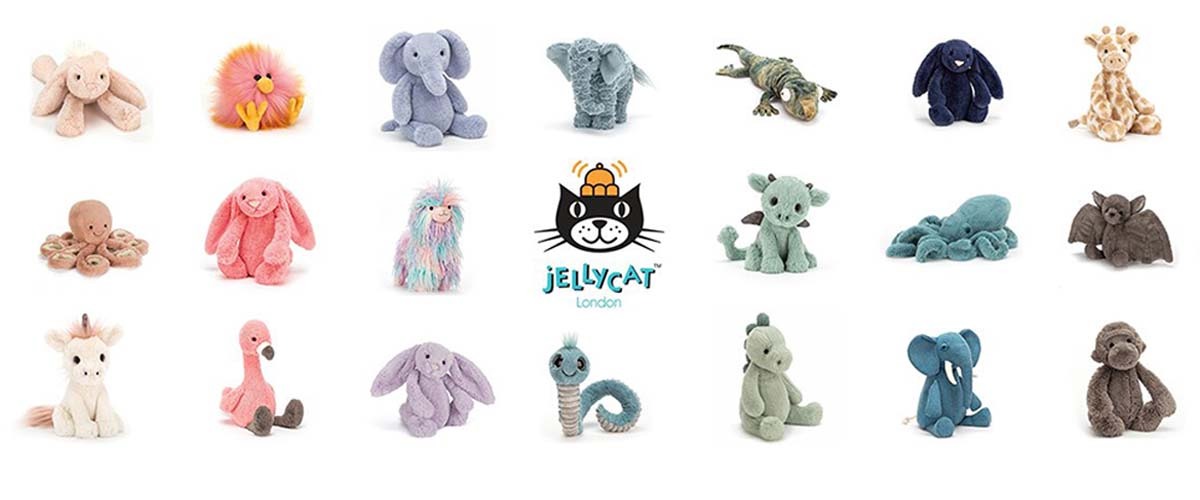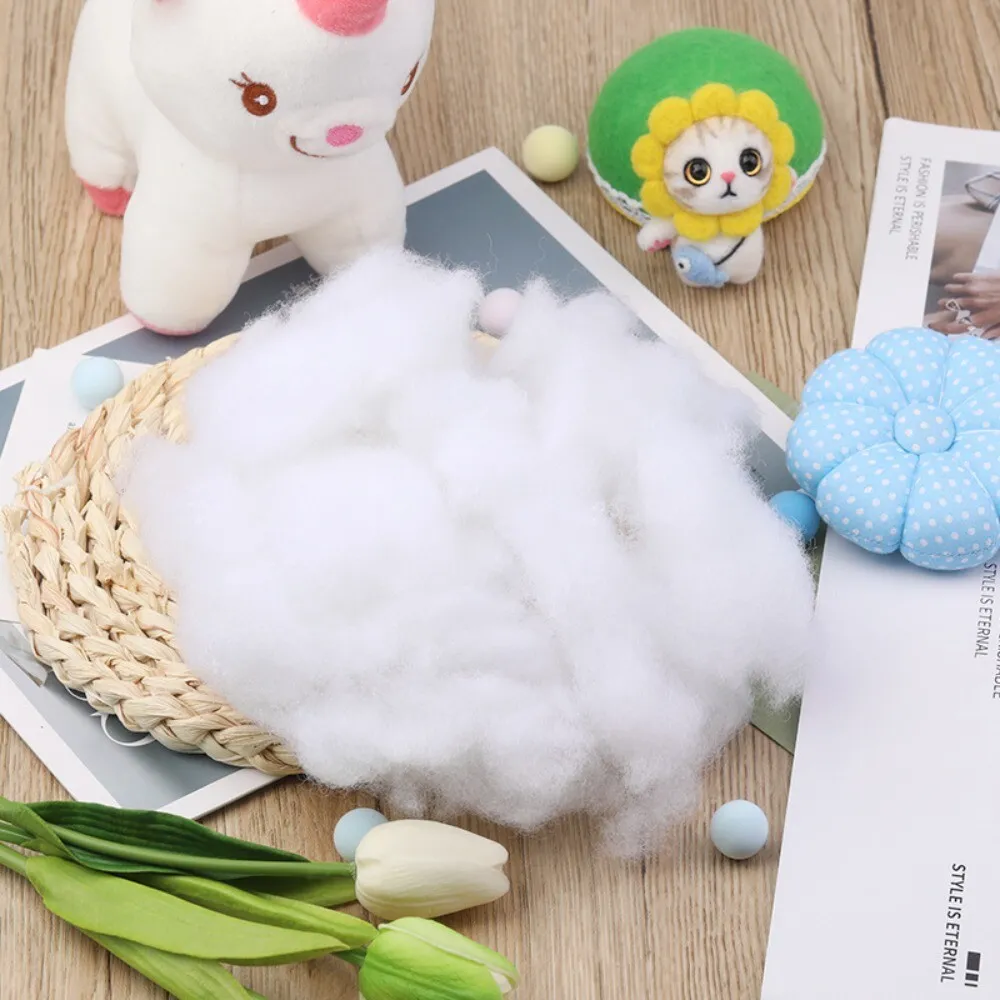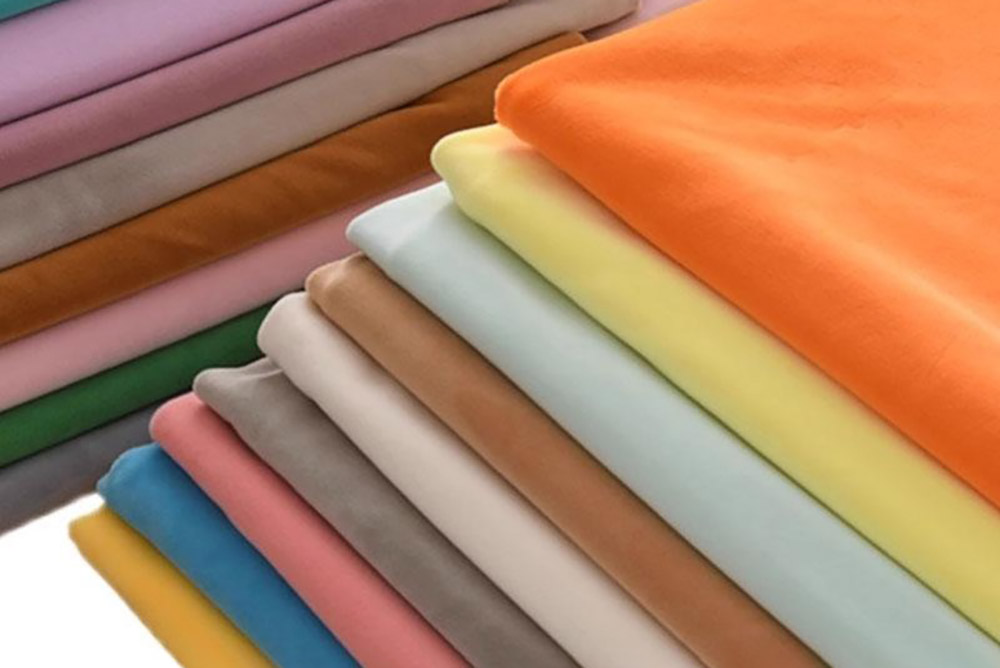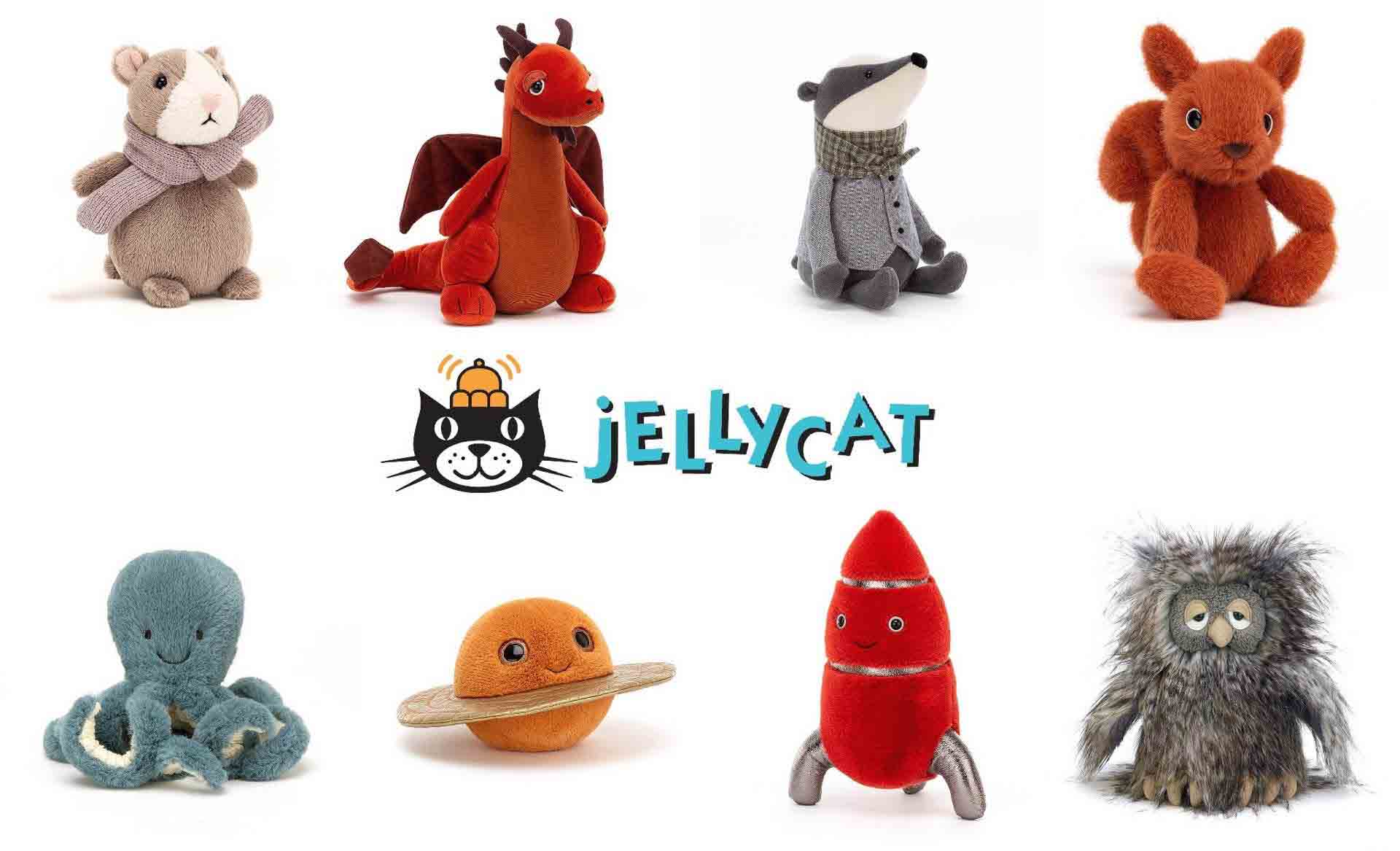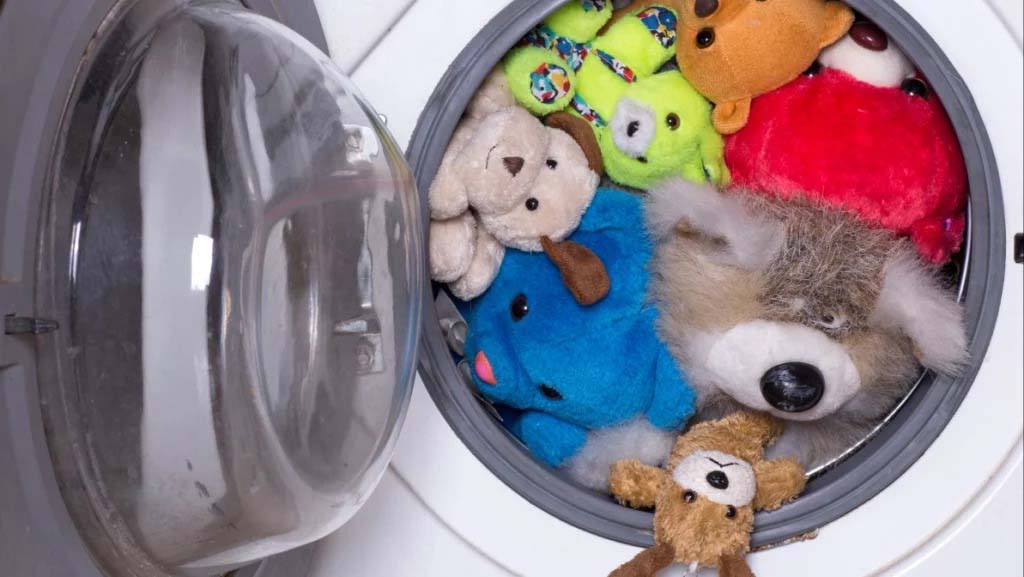Wrapping a stuffed toy may sound simple, but in practice it requires a thoughtful approach that balances protection, presentation, and brand value. Whether the plush toy is meant for retail shelves, promotional giveaways, or a personal gift, the way it is wrapped directly impacts how customers perceive both the toy and the company behind it. Many factories and retailers treat wrapping as a final step, yet it is often the first detail customers notice when they open a package or pick up a product in-store. A carefully designed wrapping method can prevent dust, moisture, and deformation, while at the same time creating an unboxing experience that reflects quality and professionalism.
Wrapping a stuffed toy is more than just covering it with paper. It combines protection, presentation, and branding value. The right wrapping secures the toy during transport, enhances its appearance for gifting or retail, and communicates quality to customers.
1. What Materials and Tools Are Needed to Wrap a Stuffed Toy?

The materials you use affect both the safety and appearance of the toy. Using the right tools also prevents damage and speeds up the wrapping process.
Common wrapping materials include tissue paper, wrapping paper, transparent cellophane, and fabric pouches. Tissue paper works well as a soft first layer to protect delicate plush surfaces, while cellophane or clear poly bags keep toys visible for retail shelves. For premium gifting, cotton or velvet fabric bags add an eco-friendly and upscale touch. Boxes filled with kraft paper or shredded filler are ideal for structured presentation.
Essential tools include sharp scissors for clean cuts, double-sided tape for discreet sealing, and ribbons or jute strings for decoration. Labels or stickers with branding or safety certifications are particularly important in retail and promotional orders. Elastic bands may also help when securing large or irregular toys.
With the correct materials and tools, you can achieve packaging that looks professional and protects the toy from dust, dirt, and deformation during shipping and display.
| Material/Tool | Use | Benefit |
| Tissue paper | First layer | Protects plush fabric |
| Cellophane | Retail display | Transparent and clean |
| Fabric bag | Premium gift | Eco-friendly & reusable |
| Box + filler | Structured support | Keeps toy shape |
| Ribbon & labels | Decoration | Branding & safety info |
2. How to Choose the Right Wrapping Style Based on Toy Size and Shape?

Stuffed toys come in many forms, and wrapping them correctly depends on size and shape. Choosing the right method keeps the toy secure, attractive, and undamaged.
Small toys under 15 cm can be quickly wrapped with tissue and placed inside small boxes or pouches. This is cost-effective and convenient for retail or giveaways. Medium toys (20–40 cm) benefit from a box and protective filler, giving both structure and a premium unboxing feel.
Large toys such as oversized bears or pillows require custom bags or cartons. Retailers often use giant fabric pouches or shrink film for easy handling. Irregularly shaped toys, like plush snakes or unicorns, need flexible wrapping—stretchable film or fabric is better than rigid boxes, which may cause deformation.
Never compress a toy into packaging that is too small. Wrapping should enhance the product, not damage it. Retailers and promotional companies often combine secure wrapping with branded printing to balance function and marketing.
| Size/Shape | Wrapping Option | Benefit |
| Small | Tissue + pouch | Quick & low-cost |
| Medium | Box + filler | Secure and premium |
| Large | Oversized bag/box | Prevents flattening |
| Irregular | Fabric wrap/shrink film | Flexible fit |
3. What Are the Step-by-Step Methods for Wrapping Stuffed Toys Securely?

A proper wrapping process ensures the toy stays safe, clean, and presentable from factory to end customer. Following a step-by-step method avoids damage and delivers consistent results.
Step 1: Prepare materials
Gather tissue, wrapping paper, or fabric bags. Have tape, scissors, and ribbons ready. Ensure the work surface is clean.
Step 2: First layer protection
Wrap the toy gently with tissue paper or a soft fabric layer to avoid dust and scratches. For machine-washable toys, clear poly bags may also be used.
Step 3: Structured wrapping
For medium or large toys, place the wrapped toy in a box with kraft paper or filler to hold its shape. Small toys can be placed directly in pouches or transparent retail bags.
Step 4: Secure the package
Use tape, ribbons, or elastic bands to keep the wrapping in place. Ensure adhesive does not touch the plush surface.
Step 5: Add branding or labels
Place stickers or hangtags with your logo, safety certifications, and product details. This adds trust and professionalism.
Step 6: Final inspection
Check the wrapping for neatness, security, and correct labeling. For bulk orders, this step is critical before shipping.
| Step | Action | Purpose |
| 1 | Prepare materials | Efficiency |
| 2 | Add tissue/fabric | Surface protection |
| 3 | Place in box/bag | Shape support |
| 4 | Secure with ribbon/tape | Prevents opening |
| 5 | Add branding | Professional look |
| 6 | Inspect | Quality control |
4. How to Add Decorative Elements Without Damaging the Toy?

Decoration adds value to wrapping, but it must be done safely. Stuffed toys are delicate, and the wrong decoration can cause scratches, pressure marks, or even chemical transfer from inks or glues.
The best approach is to decorate externally. For example, tie ribbons, bows, or jute strings around the packaging, not directly on the toy. Use decorative wrapping paper or fabric with patterns that match seasonal or promotional themes. Stickers and branded seals can also be placed on packaging, not the plush itself.
Avoid pins, staples, or adhesives on the toy surface. If attaching cards or notes, fix them to ribbons or the box. For retail, printed transparent bags or boxes provide both decoration and safety. Adding color-coordinated tissue layers is another simple way to elevate the look without risk.
By balancing safety with creativity, you make the wrapping appealing while ensuring the toy remains in perfect condition for gifting or retail sale.
| Decorative Element | Placement | Safety Note |
| Ribbons & bows | Outside wrap | No direct pressure |
| Stickers/labels | On bag/box | Avoid plush contact |
| Printed fabric | Gift pouches | Eco-friendly, reusable |
| Seasonal colors | Tissue layers | Safe & attractive |
5. What Eco-Friendly Wrapping Options Work Best for Stuffed Toys?

Sustainability is now a priority for buyers, especially in Europe and North America. Eco-friendly wrapping options not only protect toys but also strengthen a brand’s image.
Fabric pouches made of cotton, linen, or jute are highly reusable and biodegradable. Kraft paper is another affordable option, often used with soy-based inks for safe branding. Biodegradable clear bags, made from corn starch or PLA materials, replace traditional plastics and allow toys to remain visible on shelves.
For fillers, shredded recycled paper or molded pulp inserts offer strong support while being eco-conscious. Instead of plastic ribbons, natural jute strings or cotton ties work well for decoration.
Eco-friendly packaging also reduces shipping weight when designed correctly, lowering logistics costs. Many retailers now prefer suppliers who provide sustainable packaging as part of their sourcing advantage.
| Eco Option | Use | Advantage |
| Cotton/jute bags | Gift wrapping | Reusable & premium |
| Kraft paper | Wrapping/boxing | Affordable & recyclable |
| Biodegradable film | Retail display | Transparent, safe |
| Recycled fillers | Box support | Eco-friendly protection |
| Natural string | Decoration | Plastic-free |
6. How to Wrap Stuffed Toys for Retail, Gifting, and Promotional Purposes?

The wrapping style also changes depending on the final purpose: retail, gifting, or promotions. Each has its own focus.
For retail, clarity and branding matter most. Transparent bags, printed boxes, and hangtags with safety certifications ensure buyers trust the product.
For gifting, presentation is key. Fabric bags, ribbons, and decorative boxes create a premium experience. Seasonal designs (Christmas, Valentine’s Day) are often used to enhance appeal.
For promotional purposes, cost efficiency and visibility are crucial. Bulk packaging with branded stickers or lightweight bags keeps costs low while delivering strong brand recognition.
By adjusting wrapping to the target scenario, you can improve customer satisfaction, reduce costs, and boost brand loyalty.
| Purpose | Wrapping Style | Key Focus |
| Retail | Clear bag + label | Transparency & trust |
| Gifting | Decorative box/bag | Premium presentation |
| Promotions | Simple pouch + sticker | Low cost, branding |
Wrapping a stuffed toy is not just about covering it—it is about protection, presentation, and customer value. With the right materials, techniques, and styles, wrapping can strengthen your brand and delight end-users.
| Key Aspect | Best Practice | Benefit |
| Materials | Tissue, cellophane, fabric, eco-bags | Safe & professional |
| Size/Shape fit | Small in pouches, medium in boxes, large in bags | Prevents damage |
| Steps | Layer, secure, label, inspect | Quality assurance |
| Decoration | External only (ribbons, printed fabric) | Adds appeal safely |
| Eco options | Kraft paper, cotton bags, biodegradable film | Sustainability |
| Purpose-based | Retail = clarity, Gifting = premium, Promo = cost-effective | Customer-focused |
At Kinwin, we help global buyers wrap plush toys safely, beautifully, and sustainably. If you are looking for professional OEM/ODM services, contact us today at [email protected] or visit https://kinwintoys.com/ to customize your plush toy packaging and production.


